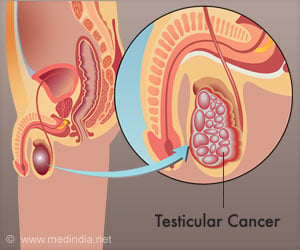Fluoroquinolones - A Review I
Prof Head, Department of pharmacology
INTRODUCTION
NEWER FLUOROQUINOLONES
Pharmacological ASPECTS of NEWER QUINOLONES
MAJOR CLINICAL APPLICATIONS
NEWER FLUOROQUINOLONES
DEVELOPMENT OF NEWER QUINOLONES
Major factors that are likely to determine the development of newer Quinolones include;
1. Greater clinical efficacy
2. Less toxic with greater safety
3. Lower tendency for induction of resistance
4. Short effective duration of therapy
5. Better patient compliance
6. Better cost-benefit ratio.
Substantial progress has been made recently in the development of Safe & Effective agents primarily because of the advances made in ;
1. Chemistry
2. Molecular mechanisms of quinolones
3. Factors leading to development of resistance etc.,
The first and key discovery was the identification of the enzyme DNA Gyrase or Toposiomerase II and IV and the second major advantage contributing to the rapid expansion was the ability to chemically manipulate the nucleus of 4-Quinolones.
Classification of Flouroquinolones
| I Generation | II Generation | III Generation | IV Generation |
| Nalidixic acid | Norfloxacin | Sparfloxacin | Trovafloxacin |
| Oxolinic acid | Ciprofloxacin | Tosufloxacin | Clinafloxacin |
| Cinoxacin | Enoxacin | Gatifloxacin | Sitafloxacin |
| Pipedemic acid | Fleroxacin | Pazufloxacin | Moxifloxacin |
| Flumequine | Lomefloxacin | Grepafloxacin | Gemifloxacin |
| Ofloxacin | |||
| Levofloxacin | |||
| Rufloxacin |
Earlier compounds like Nalidixic acid, Norfloxacin, Pefloxacin, Ofloxacin and ciprofloxacin enjoyed great success particularly in Gram negative infections. They are excluded for use in children (except- Ciprofloxacin in cystic fibrosis, and Nalidixic acid for UTI in children) because of the fear of Chondrotoxicity. The newer generation of quinolones has greater activity against –
- pneumococci, Str.pneumoniae, MRSA, Staph aureus, S.epidermides, Enterococci, anaerobic organisms and IC pathogens like Chlamydiae, Mycoplasmae, legionellae, Mycobactriae etc.,
- Newer quinolones are;
-Levofloxacin
-Trovafloxacin
-Grepafloxacin
-Sparfloxacin and
the following quinolones are undergoing various phases of clinical trials viz.,
-Moxifloxacin
-Clinafloxacin
-Gatifloxacin
-Sitafloxacin
-Gemifloxacin.
Quinolones in earlier phases of development are;
-Ecinofloxacin
-Balofloxacin
-Nadifloxacin etc.,
-Prulifloxacin
MAJOR CLINICAL INDICATION:
Bacterial infections of ;
- Respiratory tract- Acute Exacerbation of Chronic Bronchitis, (AECB), Pneumonia.
- Urinary Tract Infection (uncomplicated & complicated)
- Skin, Soft tissue, bone and joint.
- Gastro Intestinal Tract – diarrhoea due to E.coli, Salmonellosis, Shiegellae, Campylobacter, Aeromonas, Vibrio, Plesiomonas shigelloides. Intra abdominal infection, Post surgical infection and obstetric and gynecological infections – Excellent with Trovafloxacin.
- Central Nervous System Infections (Trovafloxacin has greater penetrability into CNS).
- Immuno compromised patients.











